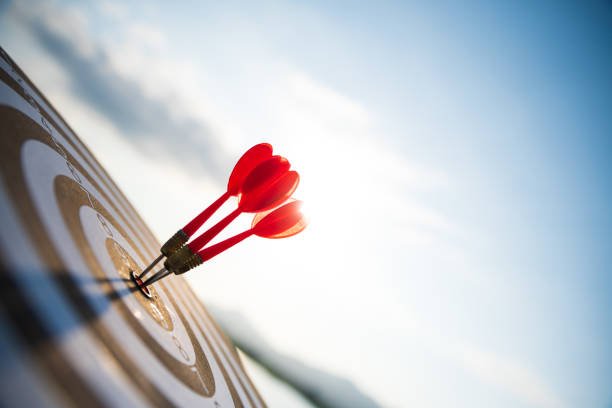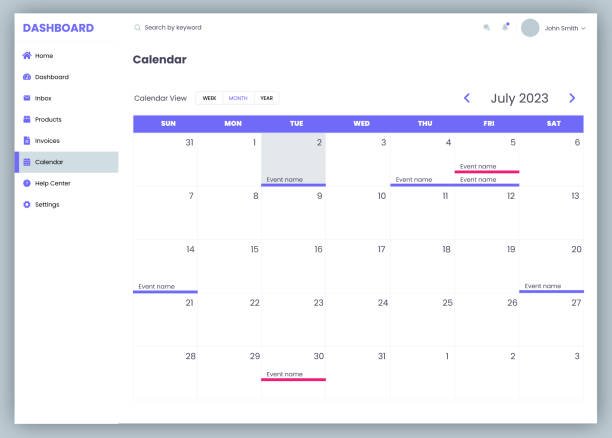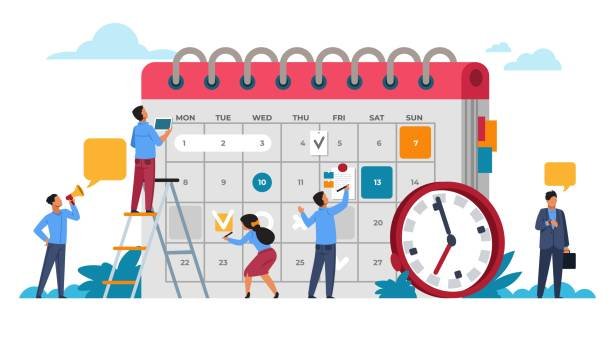Creating a Pinterest Content Calendar: Plan Pins for Brand Consistency
Having a Pinterest content calendar is a game-changer for maintaining brand consistency and increasing your visibility on the platform. As a Pinfluencer or Pinterest marketer, you understand that regular and thoughtful pinning is key to standing out in the busy Pinterest feed. With the right content calendar, you can plan your pins in advance, ensuring you maintain a steady flow of high-quality content, stay aligned with your brand identity, and reach your target audience.
In this guide, we’ll show you how to create and maintain a Pinterest content calendar that keeps your brand consistent and organized, so you can maximize your Pinterest strategy and achieve your goals.
Why a Pinterest Content Calendar is Essential

A well-planned content calendar is essential for several reasons:
- Brand Consistency: Scheduling your pins ensures that your content is consistent in both style and timing, which helps build recognition and trust.
- Maximized Engagement: By planning your content ahead of time, you can schedule your pins at optimal times for engagement, ensuring your content reaches your audience when they’re most active.
- Efficiency: Creating and scheduling pins in bulk can save you hours of work, freeing up time for other aspects of your business.
- Data-Driven Decisions: A content calendar allows you to track what works and refine your strategy based on performance insights.
Step-by-Step Guide to Creating a Pinterest Content Calendar
Follow these steps to create a Pinterest content calendar that helps maintain your brand’s consistency and growth.
Step 1: Define Your Content Themes and Goals
Before you start scheduling, you need to clearly define your content themes and goals.
- Content Themes: Choose broad content categories that align with your brand and target audience. For instance, if you run a blog about home décor, your content themes could include “Home Styling Tips,” “DIY Projects,” and “Seasonal Trends.”
- Set Your Goals: Think about what you want to achieve with your Pinterest content. Are you aiming to drive traffic to your blog, increase sales, or build brand awareness? Your goals will inform the types of content you create and pin.

Step 2: Choose the Best Time to Pin
- Understand Your Audience: Research your target audience’s active times on Pinterest. Pinterest analytics can help you see when your audience is most active. If you’re using a scheduling tool like Tailwind, it can also suggest the best times for you to post based on your audience’s engagement patterns.
- Peak Times: Typically, Pinterest users are most active during evenings and weekends. This is an excellent time to schedule your content for maximum visibility.
- Seasonal and Trend-Based Posts: Consider planning seasonal content or content around trends relevant to your niche. For example, if you’re a fitness influencer, you may want to schedule pins around New Year’s resolutions, summer fitness goals, or back-to-school routines.
Step 3: Use a Content Calendar Tool

There are several tools available to help you plan and organize your Pinterest content calendar.
- Google Calendar: This free tool is easy to use and perfect for organizing your pins by day, theme, and type of content.
- Trello: Trello allows you to create boards and cards, making it easy to categorize your pins by theme and schedule.
- Excel or Google Sheets: For those who prefer a more customizable option, you can create a simple content calendar using Excel or Google Sheets, where you can track content ideas, pin descriptions, and publishing dates.
- Tailwind: If you’re already using Tailwind to schedule your pins, it also offers a built-in content calendar that allows you to plan, organize, and schedule your pins in advance.
Step 4: Plan Your Pins in Bulk
- Batch Create Your Pins: One of the most efficient ways to plan your content is by creating multiple pins in one sitting. You can use Canva templates or other design tools to create a set of pins around the same theme or blog post. Having a batch of pins ready to go ensures that you won’t have to design new pins every day.
- Create Different Visual Variations: For each blog post, product, or service, design multiple pin variations to test what works best. A simple change in design or color scheme can affect engagement rates.
- Tailwind’s “SmartLoop” Feature: If you’re using Tailwind, take advantage of the SmartLoop feature to re-pin your top-performing pins automatically. This feature helps you keep your content active without having to manually pin each time.
Step 5: Schedule Your Pins for Consistency
- Plan for Frequent Pinning: Pinterest recommends pinning 5-30 times a day, but this doesn’t mean you have to create new content daily. By scheduling pins ahead of time, you can keep your feed active without constant effort.
- Use Scheduling Tools: With tools like Tailwind, you can schedule multiple pins for the same day or week. This saves you time while ensuring your pins go out at the optimal times.
- Distribute Content Strategically: Mix up the types of content you’re pinning. Share a combination of blog posts, new products, seasonal promotions, and repinned content. This variety helps keep your board fresh and engaging for your followers.
Step 6: Track Performance and Refine Your Strategy

- Monitor Analytics: Pinterest provides analytics that helps you track the performance of your pins and boards. Look at metrics like engagement rates, clicks, and impressions to see what’s resonating with your audience.
- Refine Your Content: Based on performance insights, adjust your content themes, design, and posting times. This data-driven approach ensures that your Pinterest strategy evolves as your audience grows.
Additional Tips for a Successful Pinterest Content Calendar
- Use Keyword Research: Do your keyword research to ensure you’re targeting the right audience. Use Pinterest’s search bar or tools like Google Keyword Planner to find popular keywords related to your niche.
- Incorporate Seasonal Content: Plan for major holidays, sales events, and seasonal content months ahead of time. For example, if you have a blog about fitness, create workout pins around New Year’s resolutions, summer fitness plans, or back-to-school routines.
- Repin High-Performing Content: Don’t be afraid to repin successful content or pins that performed well in the past. Repinning older pins allows you to get more mileage out of your best content.
Conclusion
Creating a Pinterest content calendar is the best way to stay organized, maintain brand consistency, and increase your chances of success on the platform. By planning your pins ahead of time, scheduling them strategically, and tracking performance, you can ensure that your Pinterest account is always active, on-brand, and engaging for your audience.
Start building your Pinterest content calendar today! Set your content goals, plan your pins in advance, and watch your Pinterest strategy thrive!






![How to Create a Blog for Affiliate Marketing [Beginners Guide]](https://brandingforsmes.com/wp-content/uploads/2024/11/How-to-Create-a-Blog-for-Affiliate-Marketing-Beginners-Guide-768x576.png)
